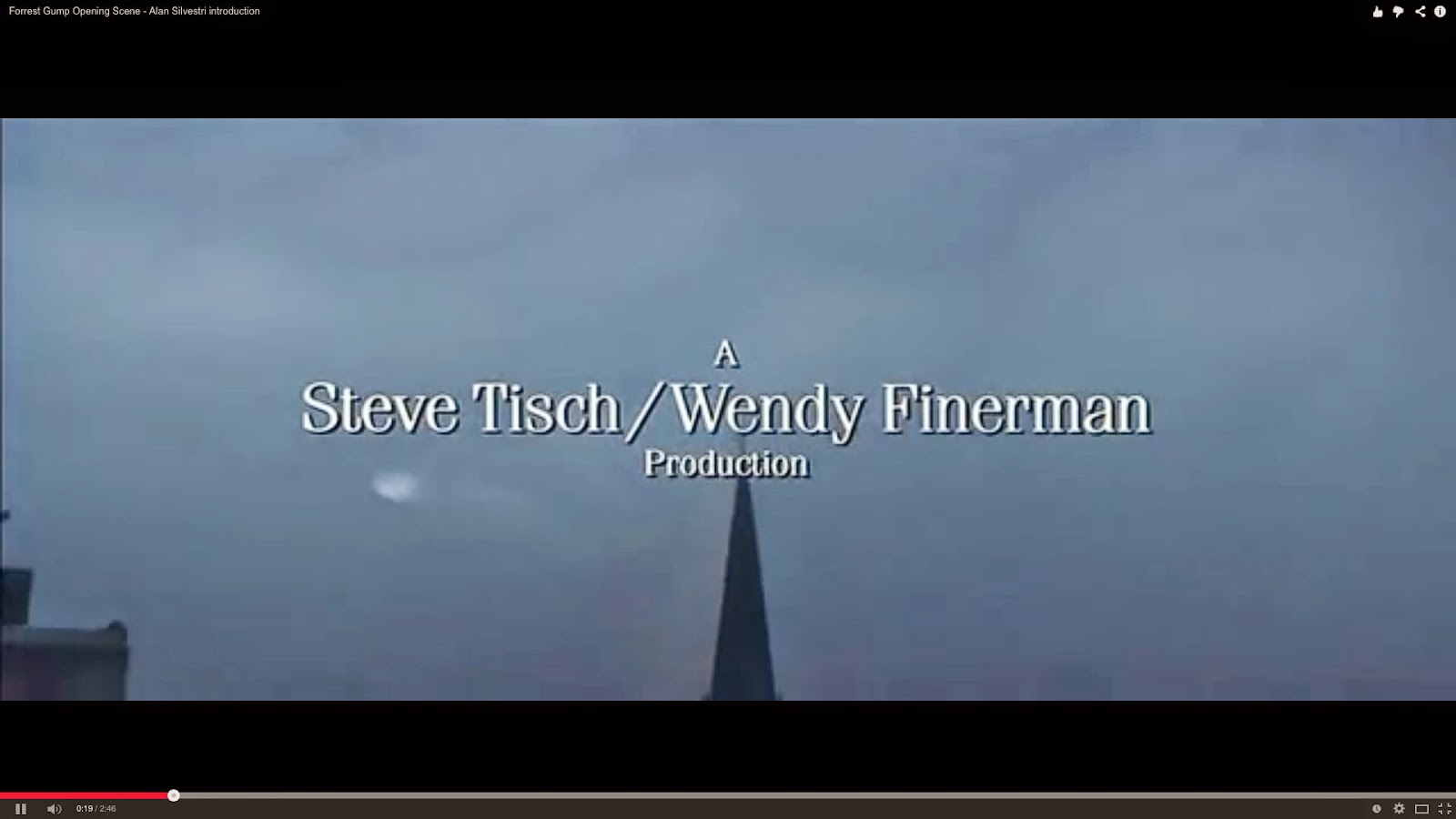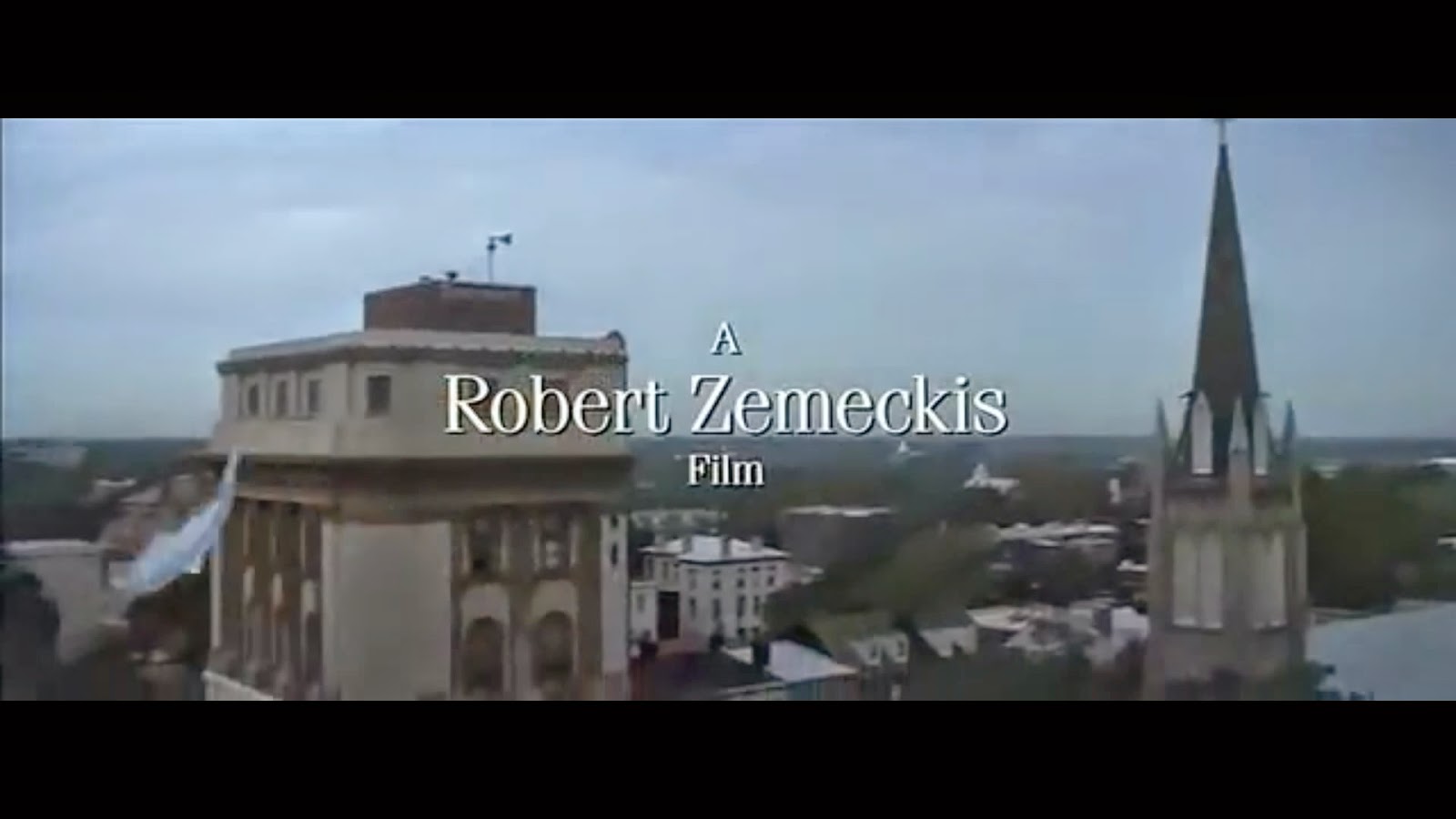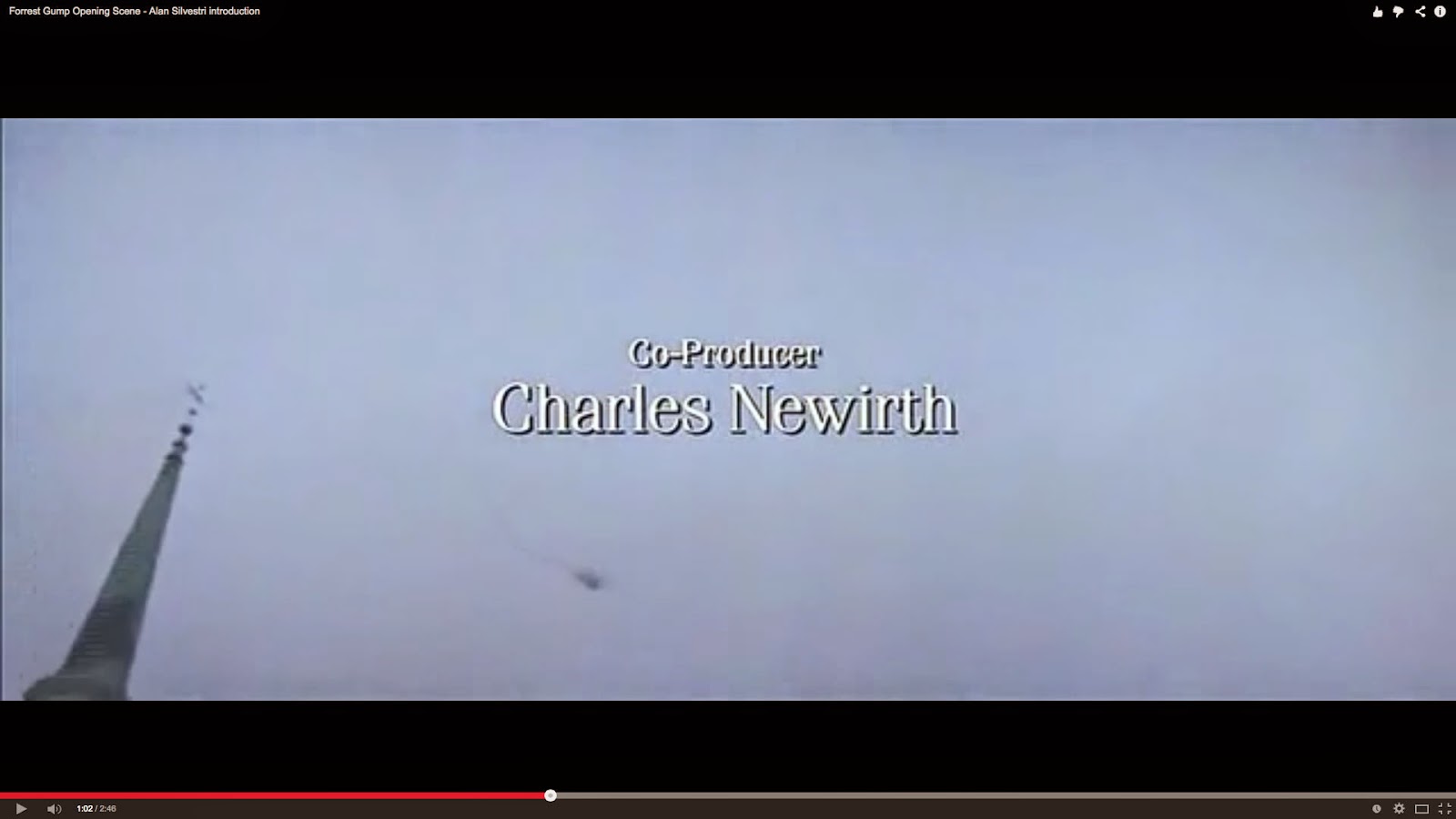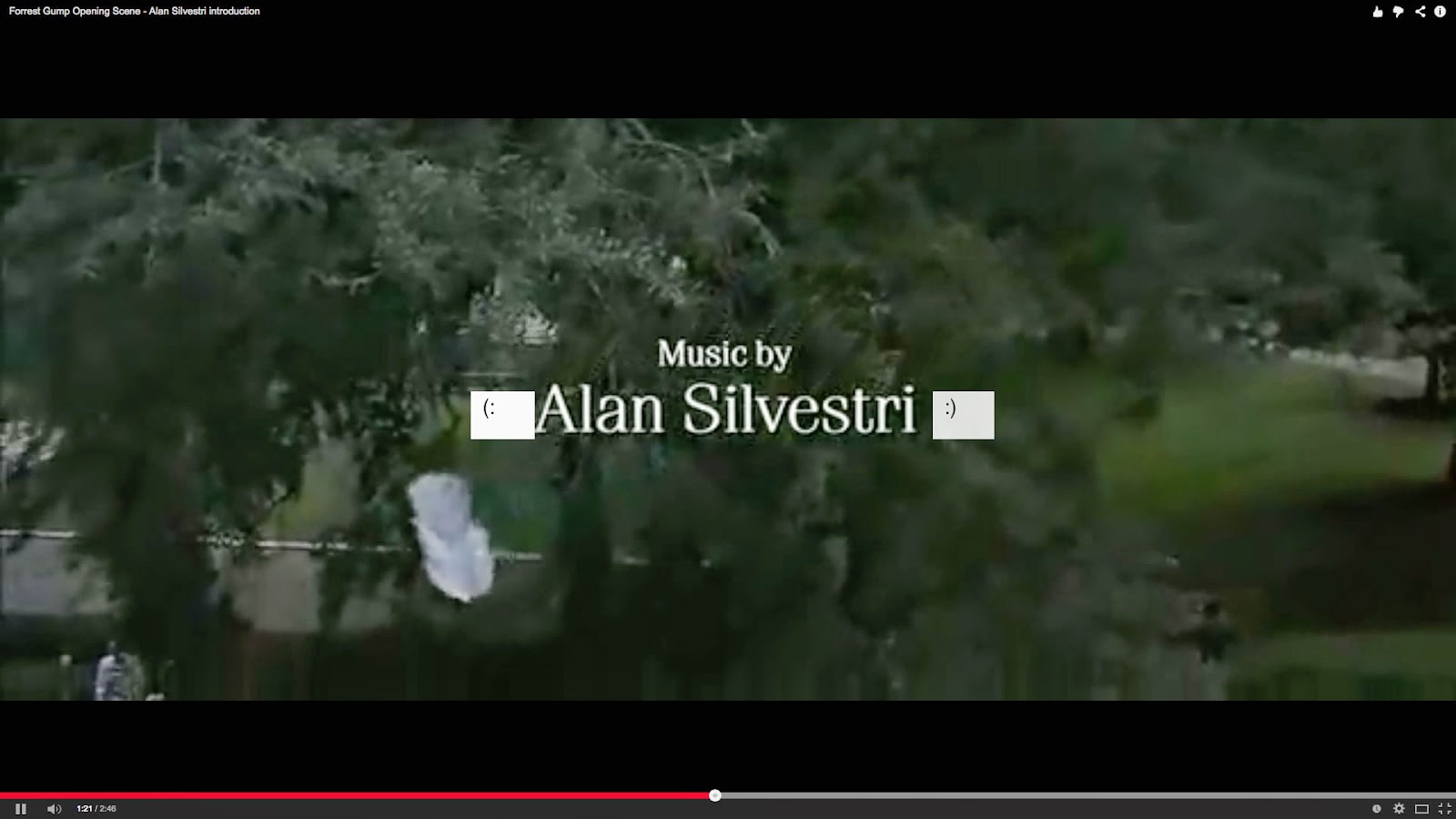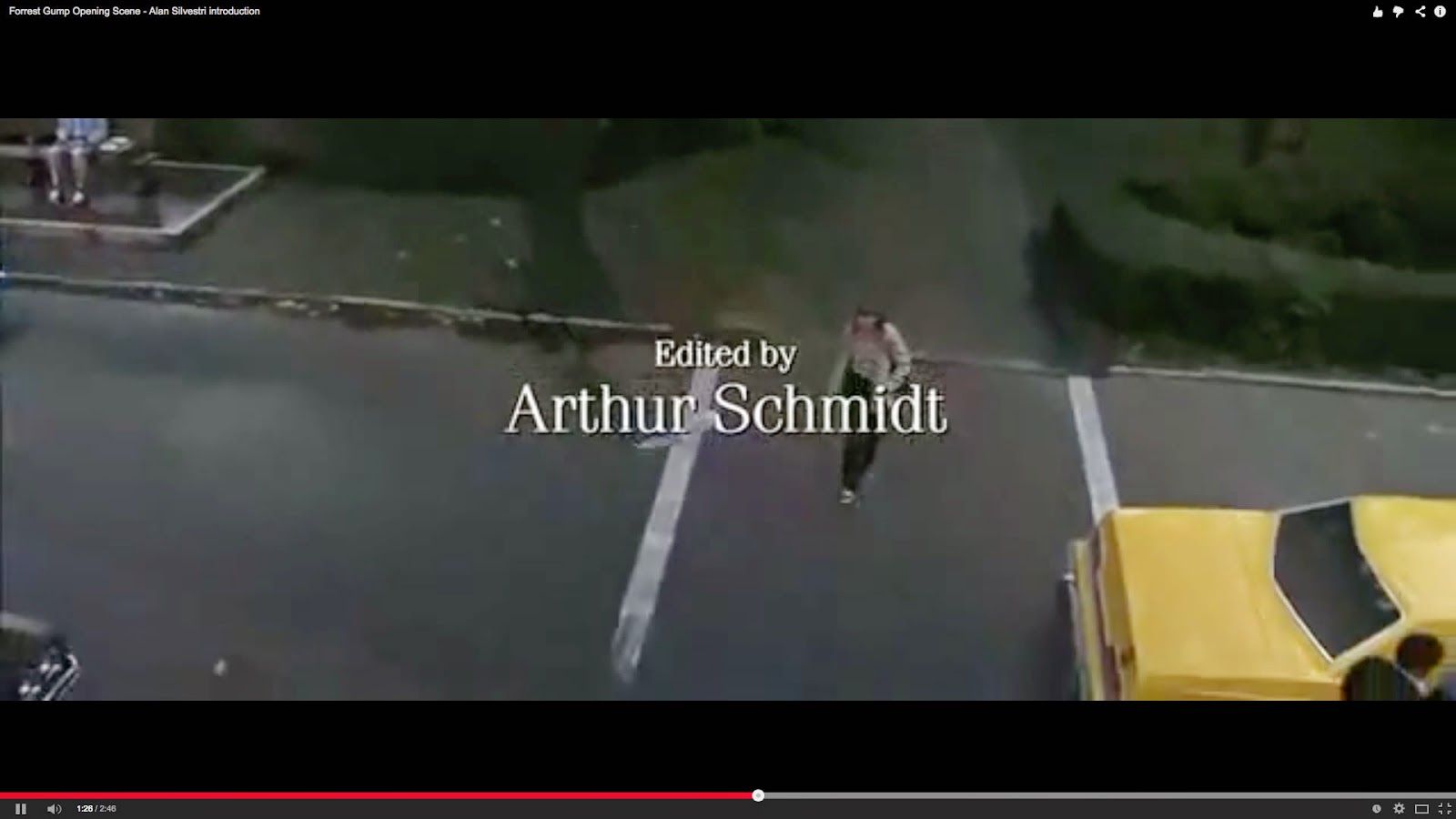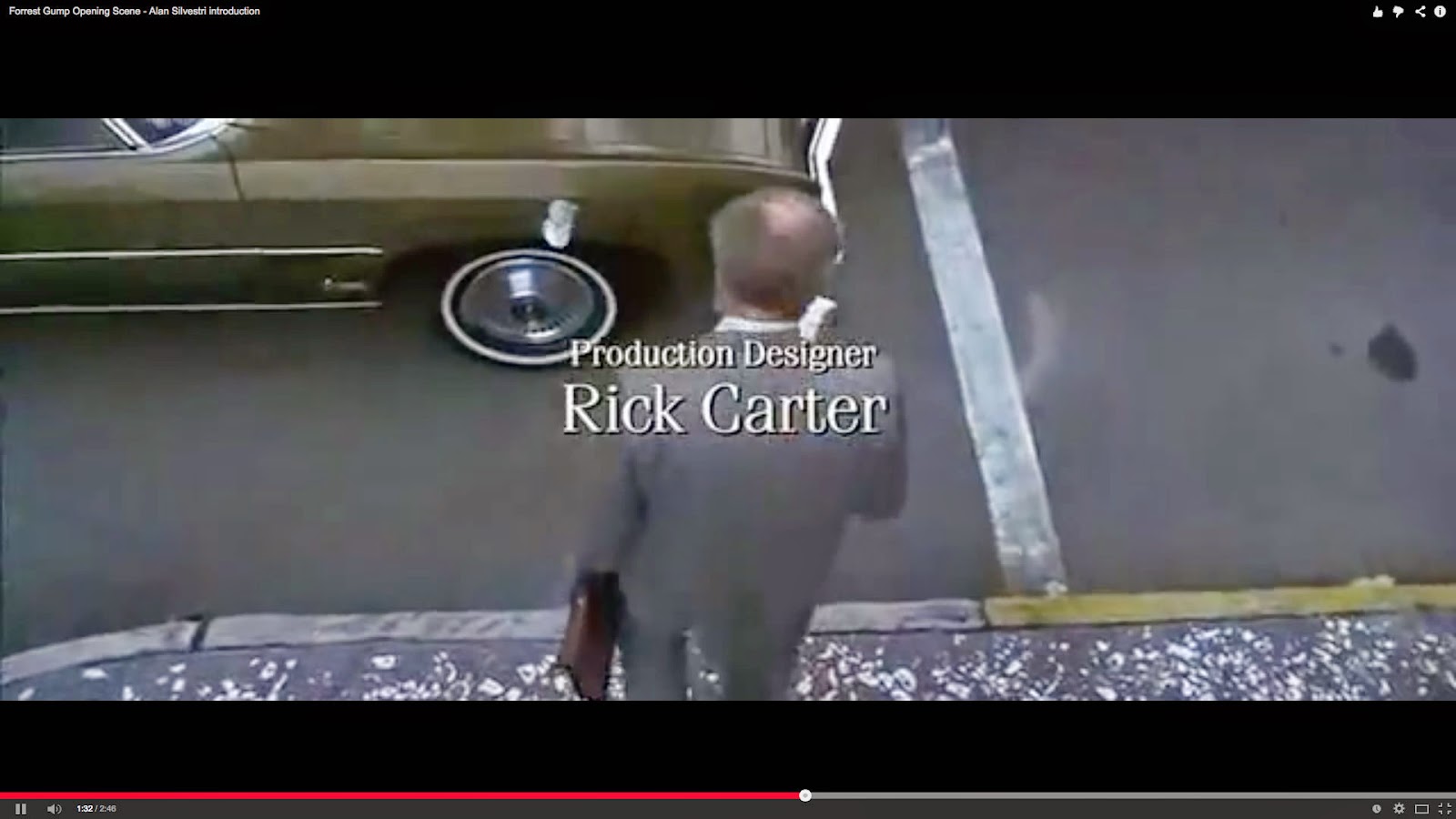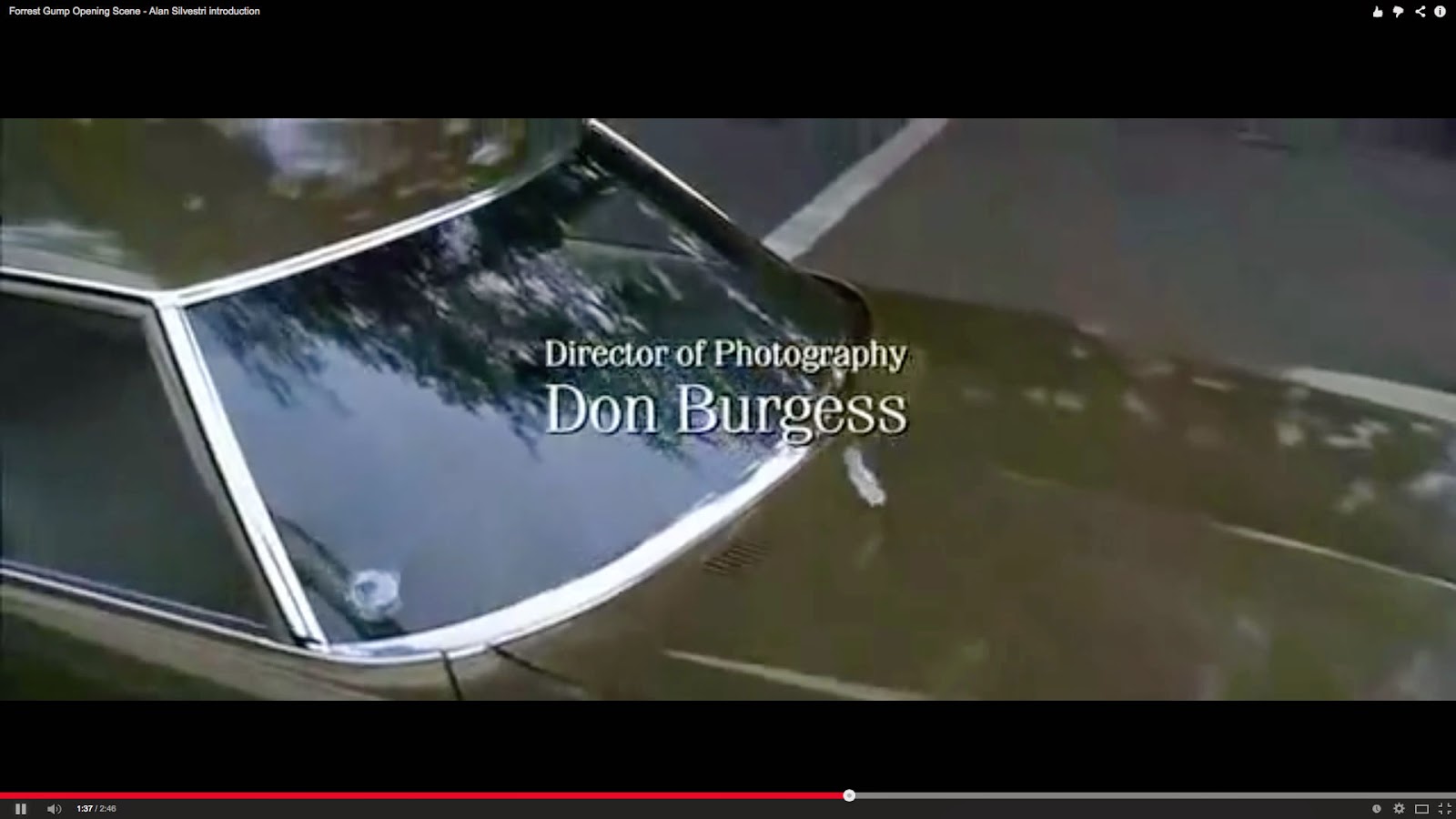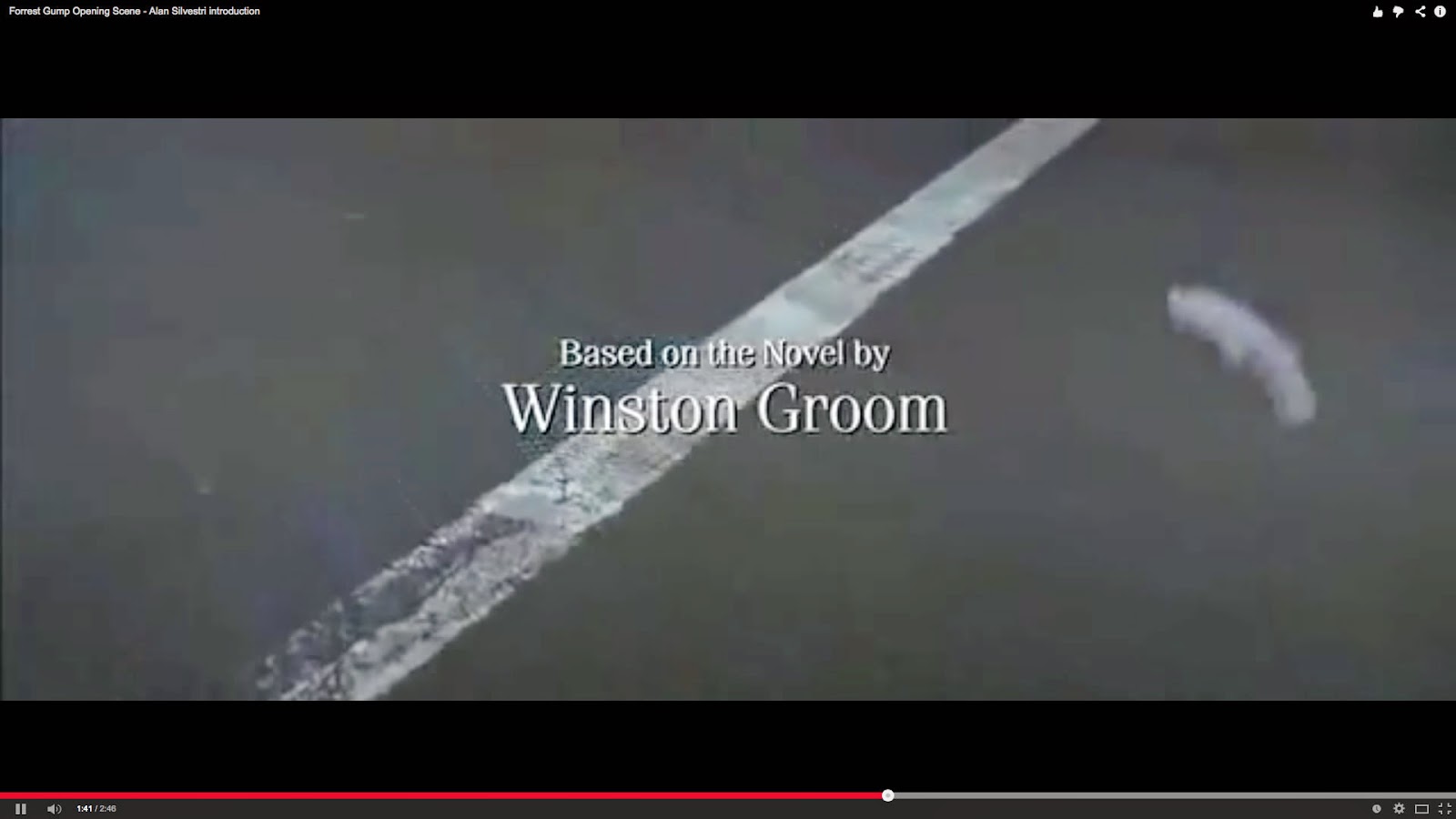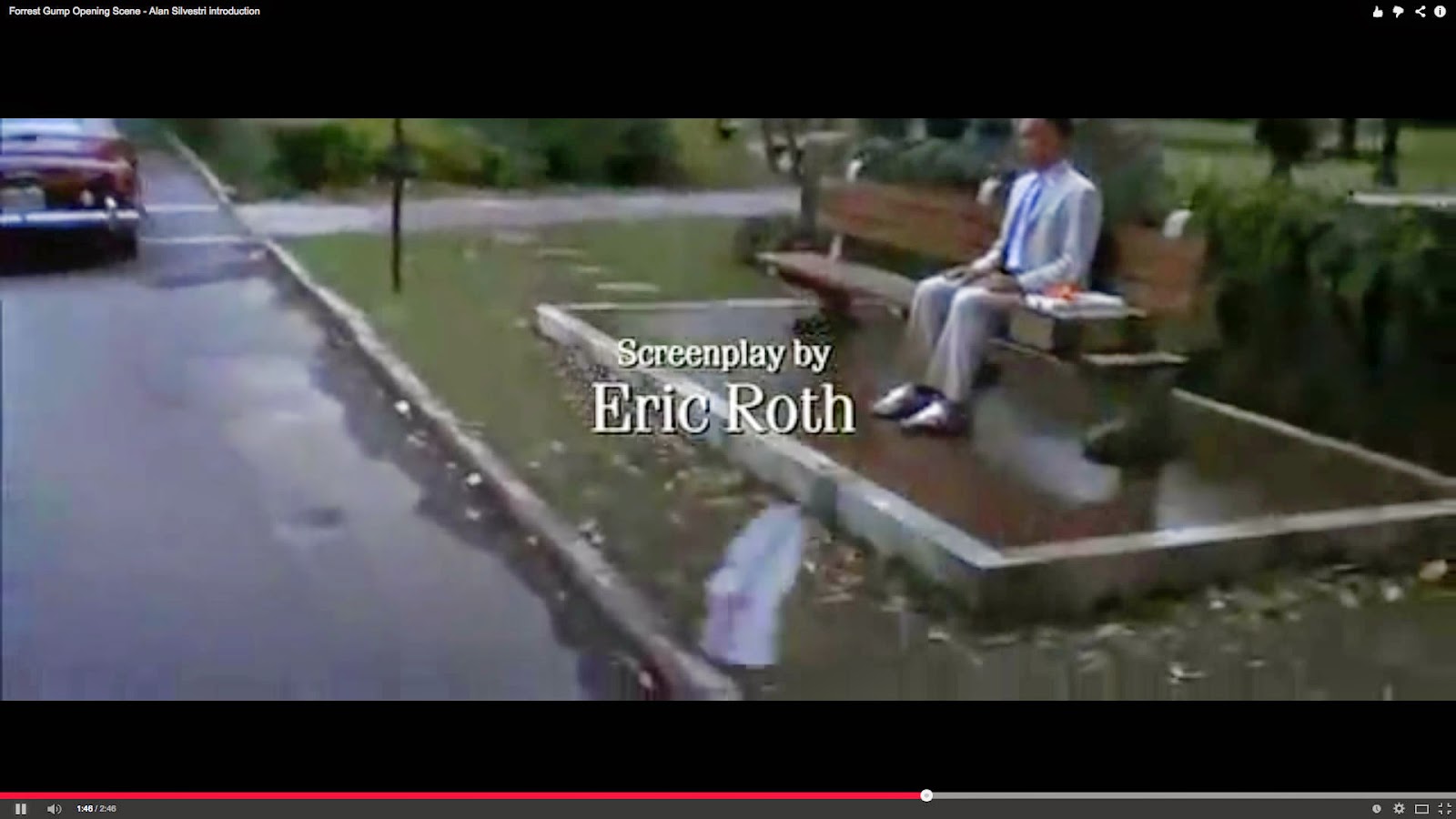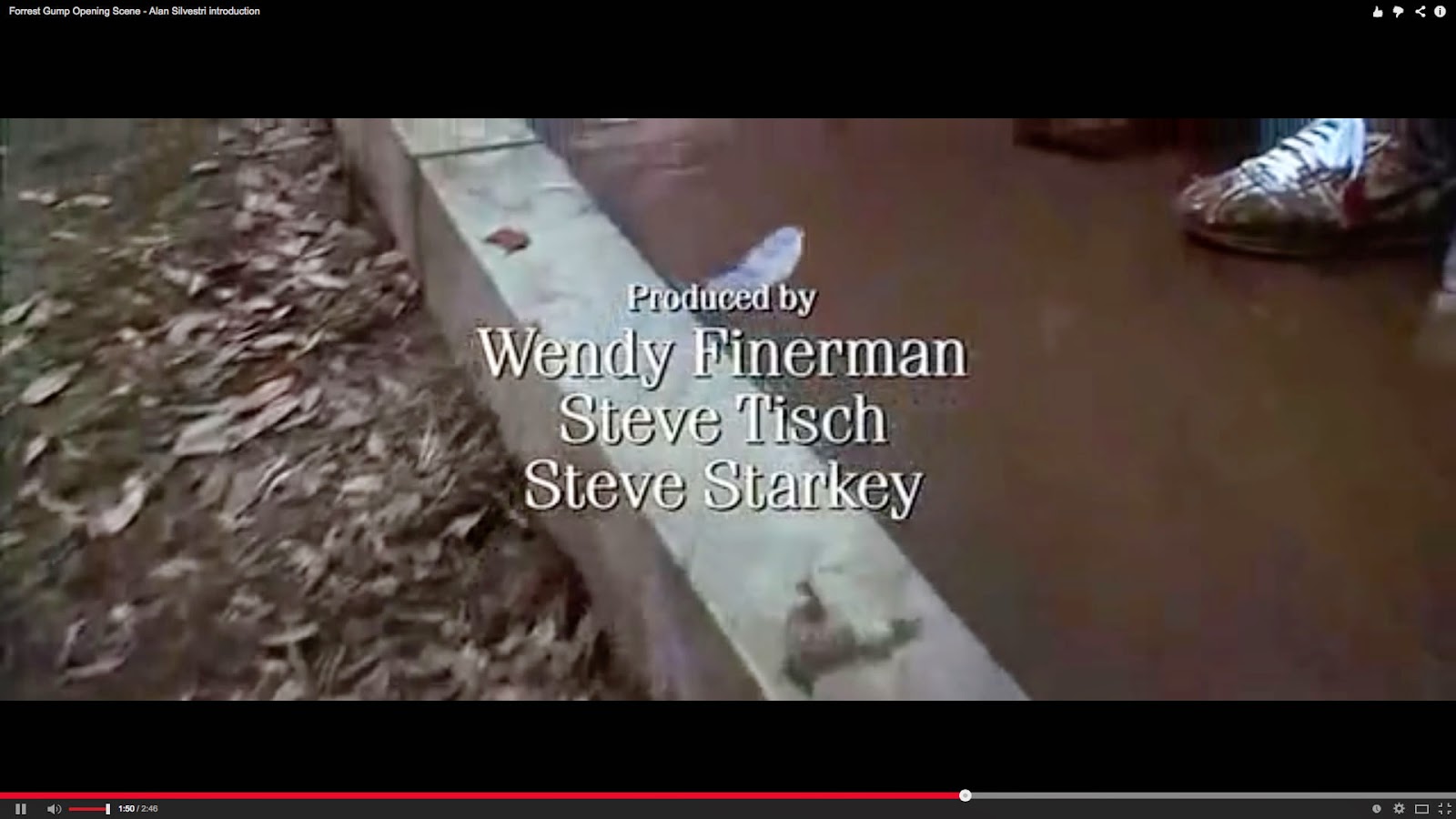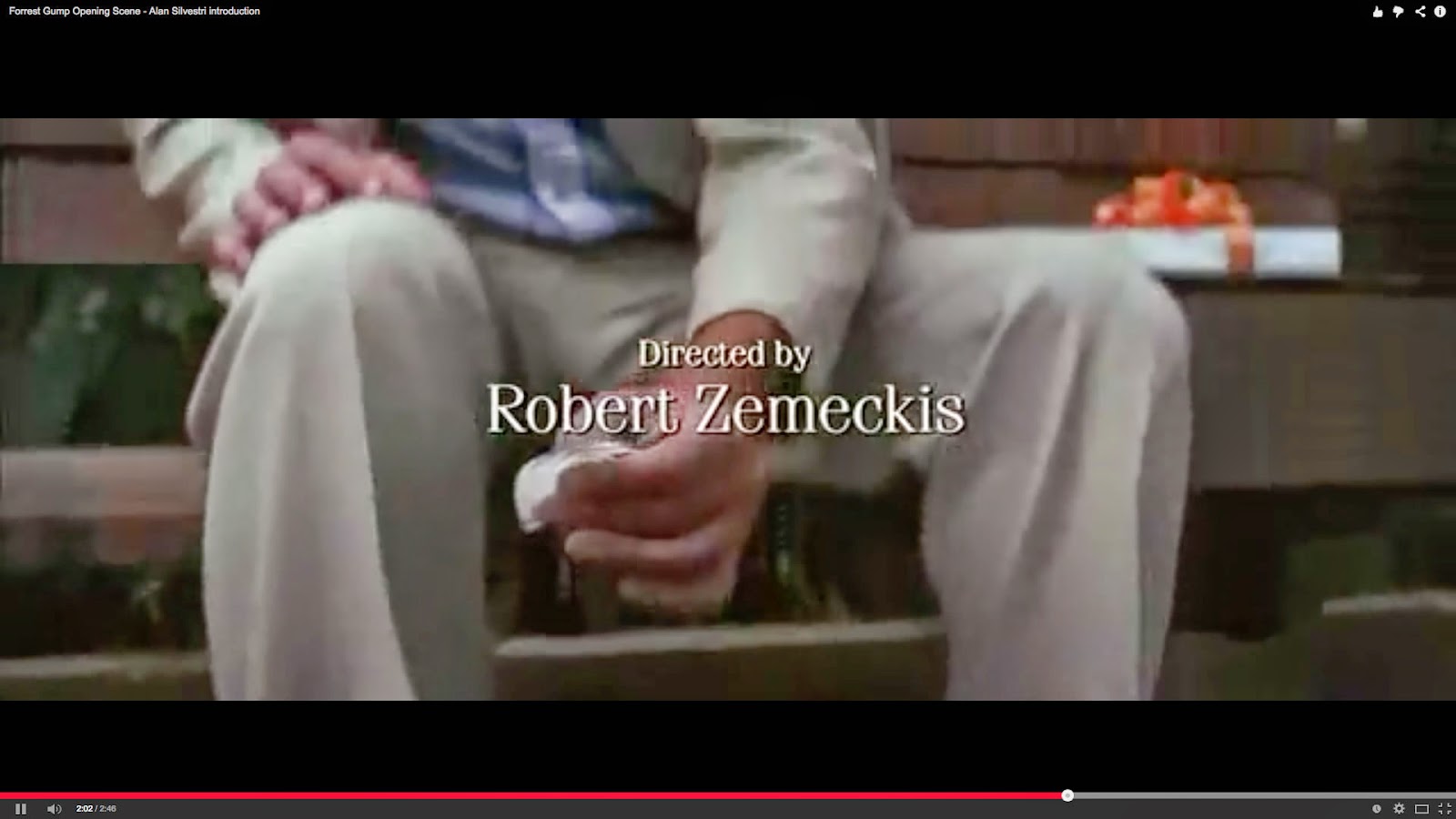Looking back at your preliminary task (the continuity editing task), what do you feel you have learnt in the progression from it to the full product?
For this task I am going to pick certain shots from my preliminary task and compare them to shots from my final media product. I will look at the similarities and differences and also new things I have learnt.
 Here is the first shot of my preliminary task which is quite confusing now I look back and doesn't really give the audience much indication as to where the film is going. It also doesn't have a production company which is something that makes the opening look a lot more professional and realistic.
Here is the first shot of my preliminary task which is quite confusing now I look back and doesn't really give the audience much indication as to where the film is going. It also doesn't have a production company which is something that makes the opening look a lot more professional and realistic.

This is the first bit of my final media product and it is the production company, Film 4. This helps to make the film look more professional and also introduces the film at a slower pace which allows the audience to think about what's happening more.
 Here is the first shot of my preliminary task which is quite confusing now I look back and doesn't really give the audience much indication as to where the film is going. It also doesn't have a production company which is something that makes the opening look a lot more professional and realistic.
Here is the first shot of my preliminary task which is quite confusing now I look back and doesn't really give the audience much indication as to where the film is going. It also doesn't have a production company which is something that makes the opening look a lot more professional and realistic.
This is the first bit of my final media product and it is the production company, Film 4. This helps to make the film look more professional and also introduces the film at a slower pace which allows the audience to think about what's happening more.
This is the first title in my final product which is 'Film 4 Presents' on top of the first scene in the opening. This makes it look more professional and fits with our genre as the titles are not supposed to be so in your face. The font and timing is also more realistic in my final product than in my preliminary where there is hardly enough time to read what it actually says.
This is the title of the film in the prelim which is on a dark background and not very effective. I have learned a lot when it comes to titles since this and this is supposed to be the most important one. It is also on for a short amount of time.

This is the main title of our film and we put it in the correct place this time, half way through all our titles. I have learnt where titles should go and this makes sense as it is the first shot where Zac and Zabel are together. We also played around with the colours to try and blend it into the bench, again making it not too in your face.
This is the last shot of my prelim task which is effective and conforms to the genre however this is more like the ending to a film rather than a slow introduction into a film. It doesn't really leave the audience asking any questions.
This is the last shot of our final product and this is a lot more effective than the prelim as it is not such a sudden ending.
I've learnt the importance of a tripod and keeping the camera steady.
Main things I have learned:
- Editing: I have massively improved my knowledge and ability to include effective and correct titles. This was learnt through watching similar films and doing much research into titles, something I didn't do for my prelim task. I have learnt the importance of research. I have also learnt how to mask which is such a good and professional-looking effect if you can get it right. Furthermore, I have broadened my knowledge on other effects and transitions.
- Camera Work: Before and even during the preliminary task, I was quite anxious about using a camera as I didn't really know how to use it properly. I didn't know what shots to include. However for the final product, we made a shot list before filming which was really beneficial. As we were filming and started to include some of these more professional shots such as the 180 degree rule when Zac and Zabel were talking. In my prelim I tried to use the match on action but it wasn't very smooth. In our final product we learned the importance of including a variety of different shots to keep the film interesting and engaging for the audience.
One of the main things I have improved on is my ability to plan and knowing the necessity of planning in advance before filming or doing anything. This is more efficient and saves any mistakes from being made.






























.jpg)
.jpg)

